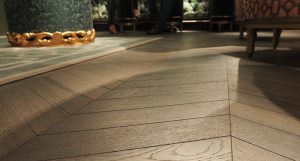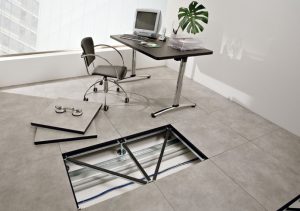Choosing the Right Flooring Material for Your Home
Choosing the Right Flooring Material for Your Home
Decisions, decisions! Which flooring material will tick all your boxes?
When choosing the most appropriate type of material for your flooring, it’s important to consider both the aesthetic effect and the practicality. On the one hand, you don’t want to choose a material that you absolutely loathe but on the other hand, you don’t want to be stuck with something you regret simply because you followed your heart and not your head. Balance is key in everything, especially when it comes to big decisions in building your perfect home.
How to choose the best flooring?
There are several factors that come into play when choosing the best flooring material for you. These factors might include moisture, durability, cost, whether you have/will be having children and/or pets, whether you require flooring that needs little to no maintenance, etc.
Laminate flooring is highly practical and requires little maintenance. It can be laid over existing flooring which will spare you time and money on avoiding construction interventions. This type of flooring excels in durability since it holds up to scratches, dents, fading and stains.
This means that it’s perfect if you intend to have/already have children and/or pets. Laminate flooring also comes in a variety of attractive colours and textures so its practicality does not compromise style here. The downside to laminate flooring is that it does not tolerate heavy pools of water which often appear in bathrooms and laundry rooms. Laminate flooring might also be very slippery.

Wood flooring looks and feels very natural. It creates a sense of warmth and, of course, no one can deny its natural beauty and aesthetic appeal. Wood flooring is also very durable and can be water-resistant. It is easy to restore and the investment pays off since it increases your home’s value. It is also very easy to maintain and can be installed to concrete directly. On the other hand, wood flooring needs regular maintenance and it is not advisable to use in bathrooms since it is very sensitive to moisture. When compared to other floorings, it is quite on the high-side when it comes to costings.

Resilient flooring requires low maintenance due to its resistant surface and it’s a dream to all housewives/men since dirt and dust can be easily cleaned with a broom and a mop. Unlike the previous floor type, resilient flooring is very affordable and the colour and pattern versatility will complement any room. On the downside, although this flooring is easy to clean, it might be difficult to repair. Another disadvantage is that resilient flooring is not biodegradable and will not break down naturally over time, making it difficult to recycle.

Raised flooring is mostly used for public spaces such as offices and banks. One of the benefits of raised flooring includes easy access to building installations. With this flooring, the building can be air-conditioned from the flooring which saves energy costs and lowers repair costs. Raised flooring is also characterized by stability and durability. The main disadvantage of raised flooring is that this project typically requires major renovation.

Choosing the best flooring for you all boils down to your needs and expectations from your home. Flooring is the foundation of any room which makes your decision crucial. Pick wisely and go for the material that ticks most of your boxes!
For more information/consultations, contact us at DINO FINO HOME on +356 21240100 or drop us an email on [email protected] .